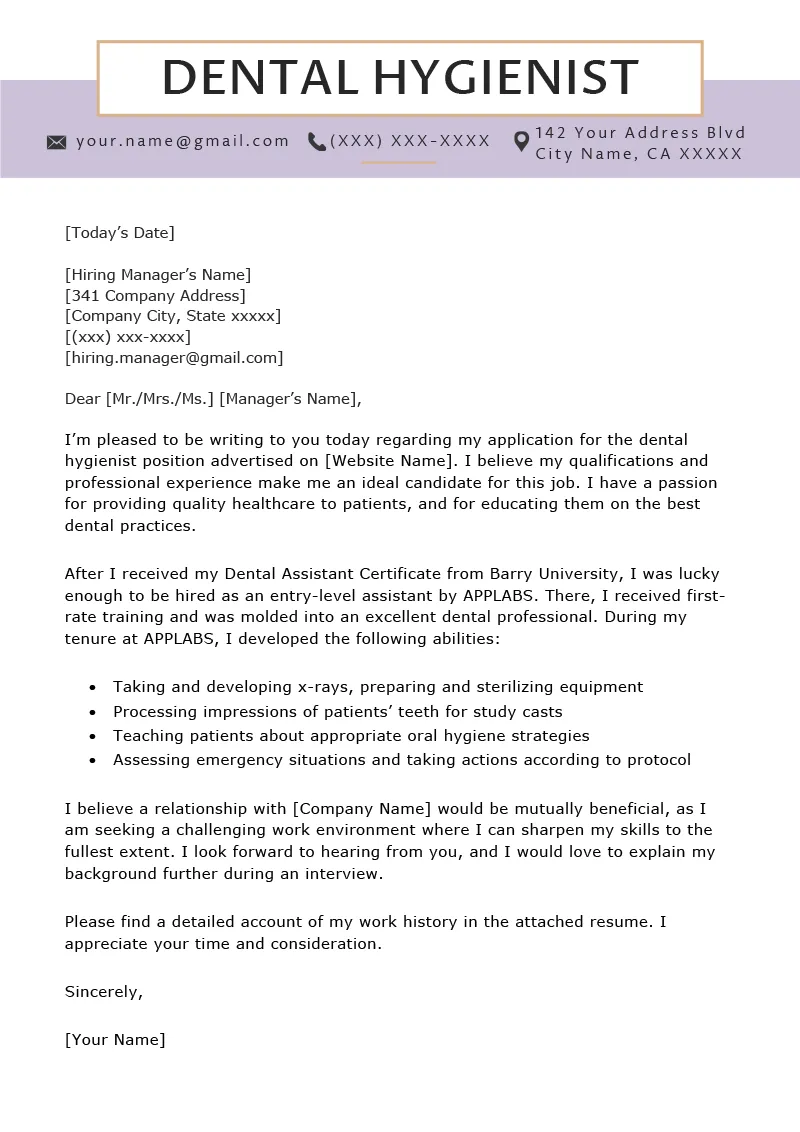Why You Need a Dental Hygiene Resume Cover Letter
A dental hygiene resume cover letter is more than just a formality; it’s your first opportunity to make a lasting impression on a potential employer. It acts as a personal introduction, allowing you to showcase your personality, passion for dental hygiene, and unique qualifications that set you apart from other applicants. While your resume provides a snapshot of your skills and experience, the cover letter gives you the space to elaborate on your accomplishments, explain your career goals, and demonstrate your understanding of the specific needs of the dental practice you’re applying to. A well-crafted cover letter significantly increases your chances of getting noticed and securing an interview, as it allows you to tailor your application to each specific job, demonstrating your genuine interest and attention to detail. Moreover, it provides an opportunity to address any potential gaps or weaknesses in your resume, such as career transitions or a lack of specific experience, by framing them positively and highlighting your adaptability and eagerness to learn.
What to Include in Your Dental Hygiene Cover Letter
Your dental hygiene cover letter should be a comprehensive document that highlights your key qualifications and demonstrates your suitability for the role. The content of your cover letter should be strategic and well-organized, following a logical flow that engages the reader. This includes a professional salutation and contact information, a compelling opening statement, a concise summary of your relevant skills and experience, and a strong closing. It should highlight your key skills in dental hygiene, such as patient education, periodontal charting, and administering local anesthesia, while also emphasizing any specialized skills or certifications you possess. Provide concrete examples of your achievements, quantifying your accomplishments whenever possible (e.g., ‘Increased patient recall rates by 15%’). Always tailor your letter to the specific job requirements, addressing the employer’s needs and demonstrating your ability to contribute to their practice’s success. Remember to keep the tone professional, enthusiastic, and genuine, letting your passion for dental hygiene shine through.
Contact Information and Salutation
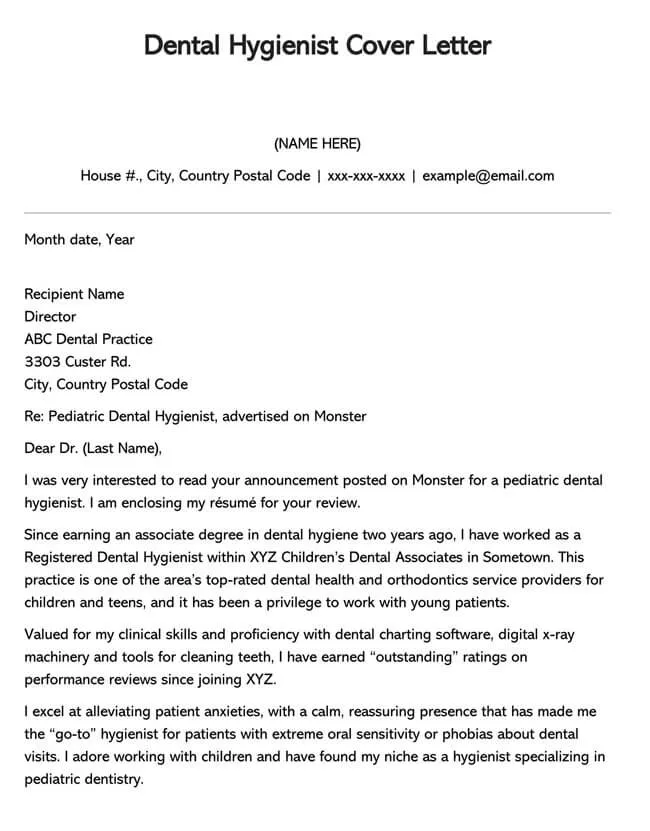
Start your cover letter by including your contact information at the top, including your full name, phone number, professional email address, and LinkedIn profile URL (if applicable). Then, address the letter to the hiring manager by name if possible; this shows that you’ve done your research and are genuinely interested in the position. If you’re unable to find the hiring manager’s name, use a professional salutation such as ‘Dear Hiring Team’ or ‘Dear [Dental Practice Name] Team’. Avoid generic greetings like ‘To Whom It May Concern,’ as this can make your letter seem impersonal. Ensure your contact information is current and easily accessible, so the employer can reach you promptly. This initial section sets the tone for the entire letter and establishes your professionalism and attention to detail, demonstrating that you are serious about the opportunity and prepared to follow up on your application.
Professional Summary and Skills Highlight
In this section, write a brief, impactful summary of your key skills and qualifications. Start with a compelling opening that grabs the reader’s attention, and immediately convey your enthusiasm for the dental hygiene field and the specific position. Then, showcase your most relevant skills and experiences, highlighting the core competencies required for the role. Examples include expertise in performing teeth cleanings, taking X-rays, educating patients, and maintaining patient records. Be sure to use action verbs to describe your accomplishments and skills, and whenever possible, quantify your achievements to demonstrate your impact (e.g., ‘Successfully managed a patient base of over 100 patients’). This summary should provide a snapshot of your value as a dental hygienist and entice the employer to read the rest of your cover letter and consider you for an interview. Keep the language concise, professional, and targeted to the specific requirements listed in the job description, showing that you have carefully reviewed the position and understand the employer’s needs.
Highlight Your Experience
Provide a detailed overview of your relevant work experience in the field of dental hygiene. For each role, include the job title, the name of the dental practice or clinic, the dates of employment, and a concise description of your responsibilities and accomplishments. Focus on the skills and experiences most relevant to the position you’re applying for, such as your proficiency in patient assessments, periodontal charting, or administering local anesthesia. Quantify your achievements by providing data and statistics whenever possible. For instance, highlight any improvements you made in patient satisfaction, recall rates, or the efficiency of dental procedures. You should also mention any specialized training or certifications you hold, and provide examples of how you have successfully collaborated with dentists and other healthcare professionals. Tailor your descriptions to the specific requirements outlined in the job posting and demonstrate your ability to make valuable contributions to the dental practice, and show your understanding of patient care.
Showcase Your Education and Certifications
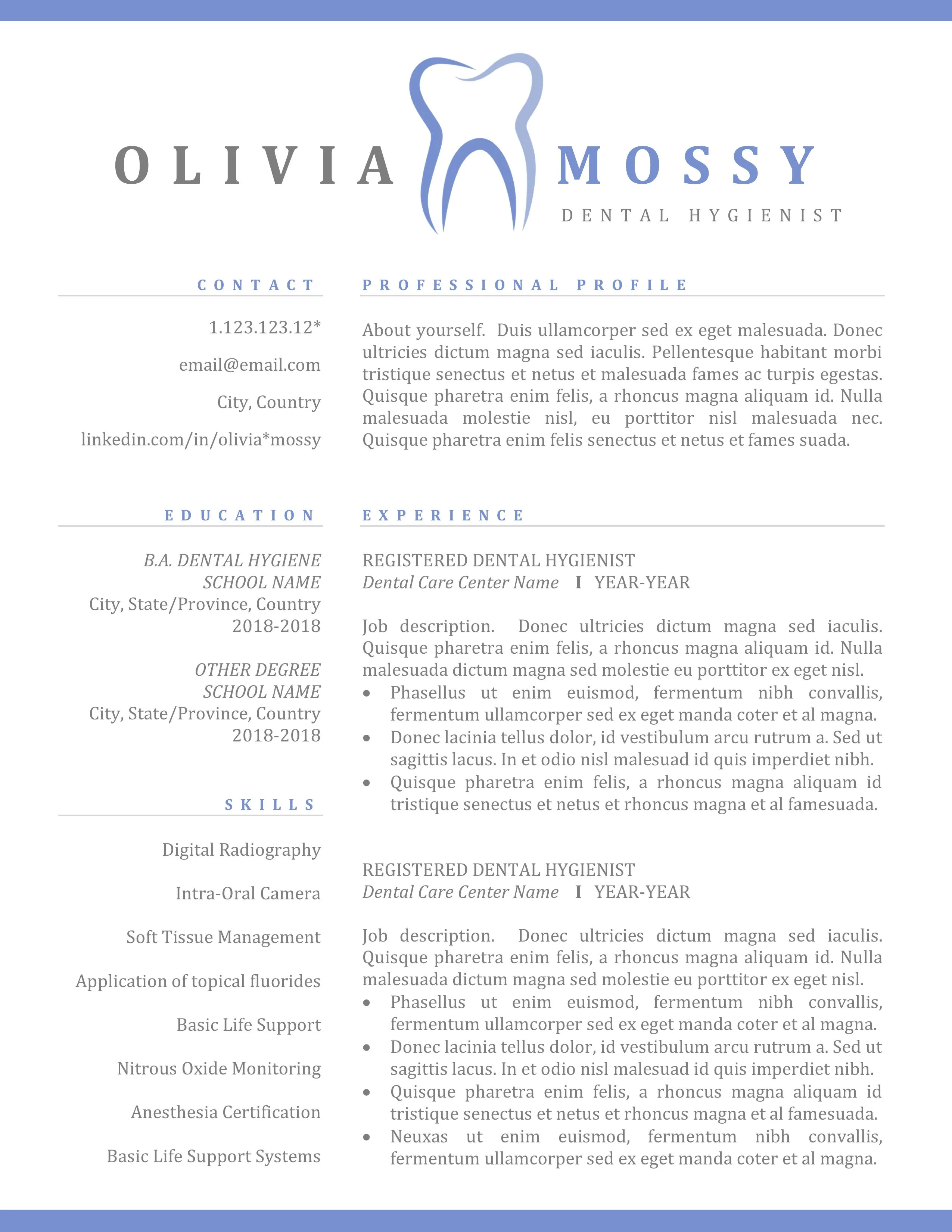
In this section, provide information about your educational background and relevant certifications. List the educational institutions you attended, the degrees or diplomas you earned, and the dates of graduation. Include any specialized training programs, courses, or certifications that are relevant to the position, such as certifications in local anesthesia or nitrous oxide administration, or courses in expanded functions dental assisting. Emphasize any notable academic achievements, honors, or scholarships you received. This section should demonstrate your commitment to continuing education and professional development, showcasing your expertise and knowledge in the field. It’s also an opportunity to highlight any advanced training or specialized skills you have acquired, which can set you apart from other applicants. Tailor your description to align with the job requirements and emphasize any education or certifications that the employer specifically mentioned in the job description. This demonstrates your dedication to excellence and compliance with the standards of the profession.
Express Your Enthusiasm and Fit
In this crucial section, express your genuine interest in the specific dental practice and the role. Explain why you are enthusiastic about this particular opportunity, demonstrating your knowledge of the practice’s mission, values, and patient care approach. Highlight what excites you about the position and how your skills and experience align with the practice’s needs. Mention any aspects of the job that particularly appeal to you, such as opportunities for professional growth, the chance to work with a specific dental specialty, or the practice’s commitment to using cutting-edge technology. Explain how you believe your values align with those of the dental practice and how you see yourself contributing to the team’s success. Ensure your tone is professional, positive, and enthusiastic, reflecting your passion for dental hygiene and your desire to make a meaningful contribution to the practice. This will showcase your enthusiasm for the position and make you a memorable candidate.
Formatting Your Dental Hygiene Cover Letter
A well-formatted cover letter is easy to read and professional in appearance. Use a standard font such as Times New Roman, Arial, or Calibri, and ensure that the font size is between 10 and 12 points. Maintain a consistent style throughout the document, including the font, font size, and spacing. Use single-spacing within paragraphs and double-spacing between paragraphs to improve readability. Keep the margins at 1 inch on all sides. This will make your letter look clean and organized. Divide your cover letter into clear sections, using headings and subheadings to break up the text and guide the reader’s eye. This will improve the flow of your letter and make it easier to scan. Ensure that your letter is no longer than one page, as employers often have limited time to review applications. Proofread your letter carefully to eliminate any grammatical errors, spelling mistakes, and typos before submitting it. The formatting shows your attention to detail and your professionalism.
Choosing the Right Font and Layout
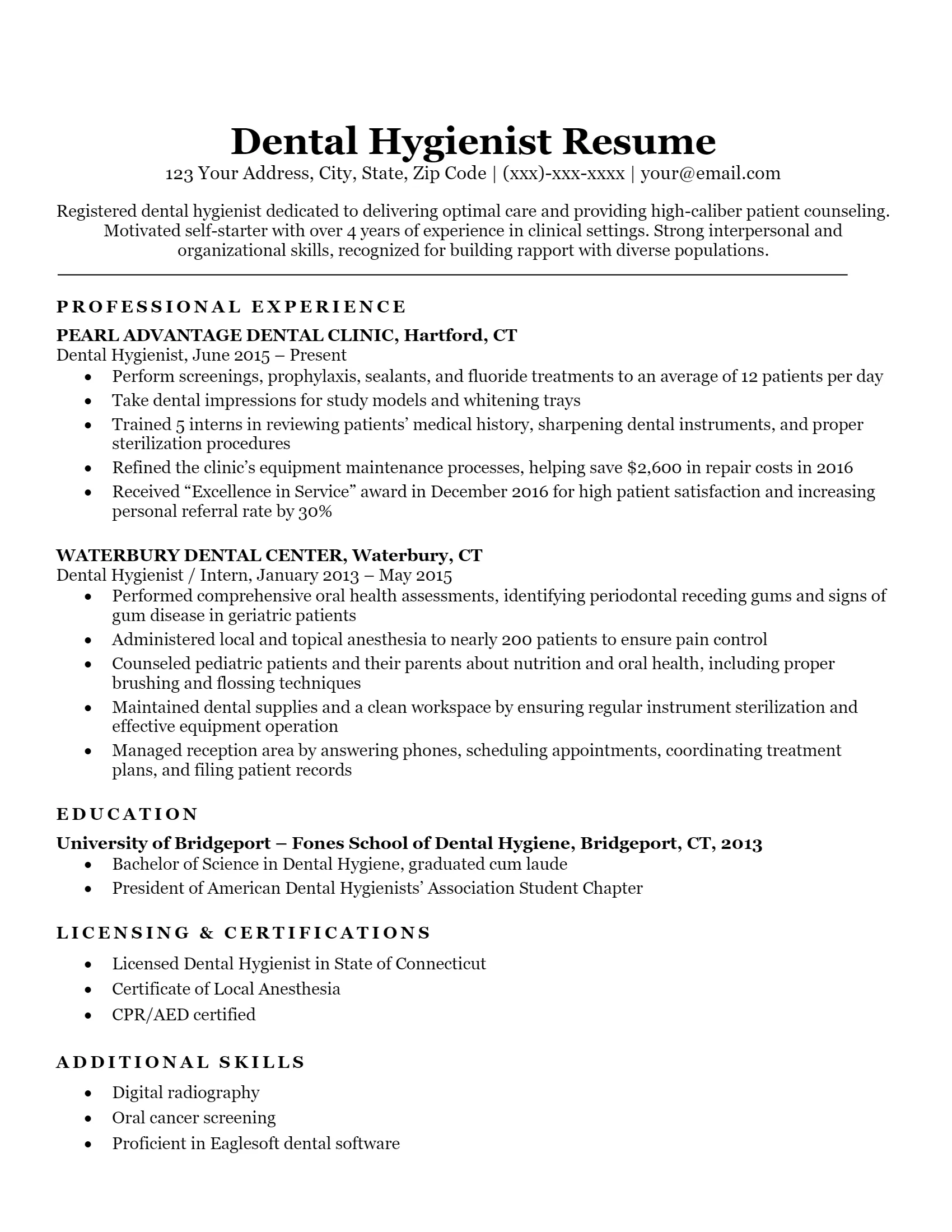
The font and layout of your cover letter play a crucial role in making a positive first impression. Choose a professional and easy-to-read font such as Times New Roman, Arial, or Calibri. Avoid overly ornate or unusual fonts that can distract from the content of your letter. Maintain consistency throughout the document, using the same font and size for all text. Use a clean and uncluttered layout, with sufficient white space around the text and between sections. This enhances readability and prevents the letter from appearing overwhelming. Ensure that your layout is consistent with the standard business letter format, including your contact information at the top, the date, the recipient’s information, and a professional salutation and closing. Use clear headings and subheadings to organize your content and guide the reader’s eye. Align your text to the left and use justified text sparingly, if at all. The right font and layout make your letter look professional and polished.
Proofreading and Editing Your Letter
Proofreading and editing are essential steps in ensuring that your dental hygiene cover letter is polished, professional, and free of errors. Carefully review your letter for any grammatical errors, spelling mistakes, punctuation errors, and typos. Use a grammar checker and spell-check tool, but also read through the letter multiple times to catch any errors that these tools may miss. Ensure that your language is clear, concise, and professional. Remove any unnecessary jargon, slang, or overly casual language. Check the tone of your letter to make sure it is appropriate for the recipient and the specific job. Have a friend, family member, or career counselor review your cover letter to provide feedback and catch any errors you may have missed. Proofread again after making any revisions. Ensure your letter is error-free before submitting.
Closing and Call to Action
Your cover letter’s closing should reinforce your interest in the position and make it easy for the employer to take the next step. Express your enthusiasm for the opportunity once more, summarizing your qualifications and highlighting why you are a strong fit for the role. End your letter with a call to action, such as requesting an interview or expressing your availability to provide additional information. Keep the closing concise and professional, avoiding overly casual or informal language. Thank the employer for their time and consideration. Include a professional closing, such as ‘Sincerely’ or ‘Best regards,’ followed by your typed name. Proofread your entire letter one final time to ensure that it is free of errors before submitting. A well-crafted closing and call to action leave a positive lasting impression and increase the likelihood of securing an interview.
Best Practices for Dental Hygiene Cover Letters
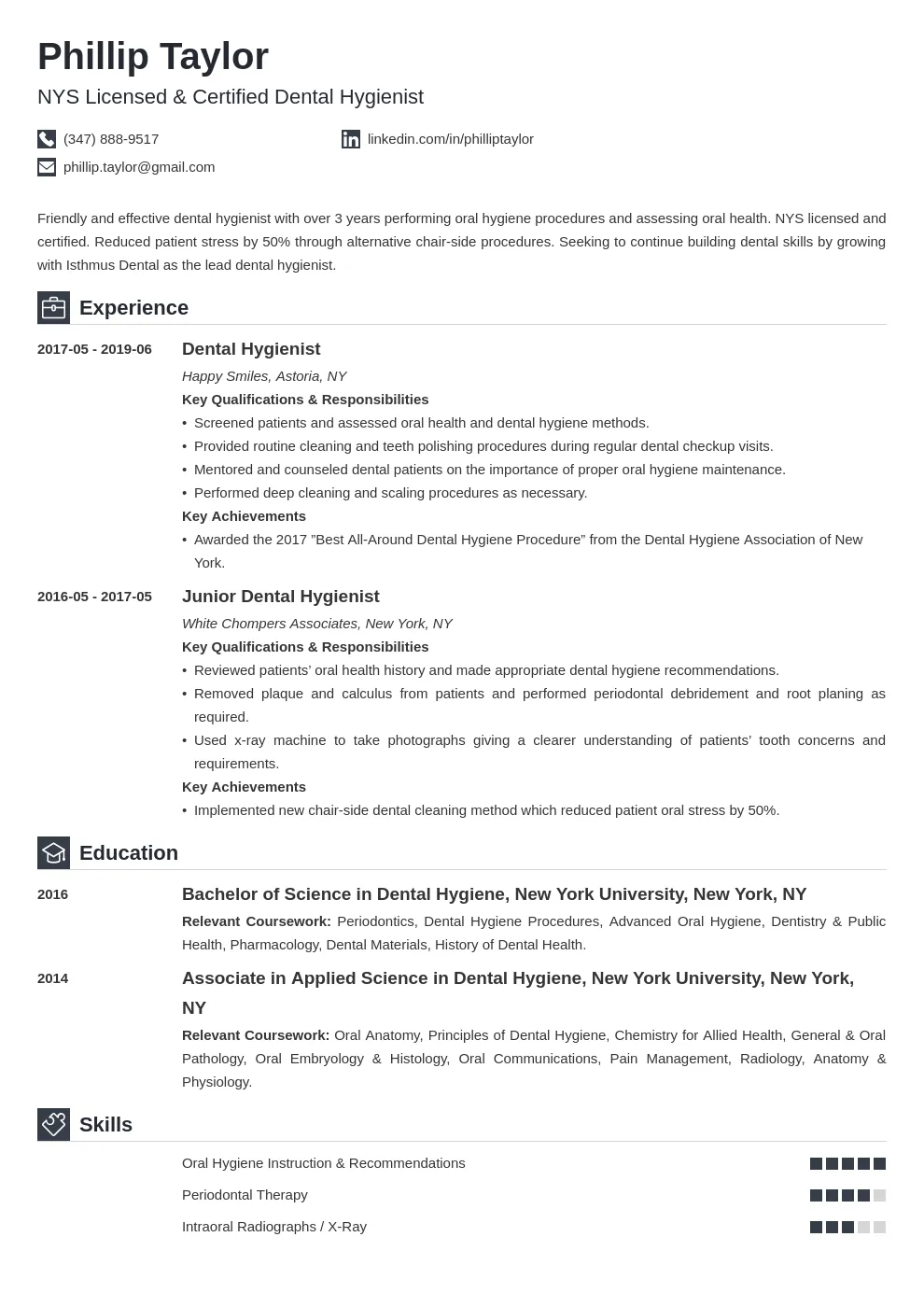
Follow these best practices to improve your cover letter and your chances of landing your desired role in dental hygiene. Tailor each cover letter to the specific job description and dental practice. Research the practice, highlight relevant skills, and tailor your language. Focus on your achievements and skills, providing concrete examples and quantifying your results whenever possible. Proofread meticulously to eliminate errors. Use a professional font and a well-formatted layout. Keep your letter concise, ideally within one page. Express your enthusiasm and demonstrate your knowledge of the dental hygiene field. Proofread your cover letter multiple times before submitting it, and have someone else review it for any errors. Follow up with the employer, if appropriate. These practices will help you create a compelling cover letter that effectively showcases your qualifications, enthusiasm, and potential to contribute to the dental practice. Good luck.
